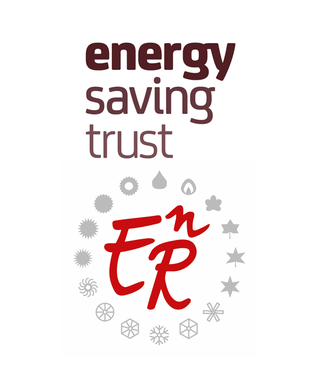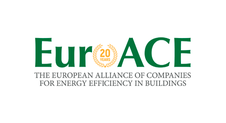Search eceee proceedings
Cost-curves for heating and cooling demand reduction in residential buildings
Panel: 8. Buildings: technologies and systems beyond energy efficiency
This is a peer-reviewed paper.
Authors:
Ulrich Reiter, TEP Energy GmbH, Switzerland
Andrea Palacios, TEP Energy
Martin Jakob, TEP Energy
Pia Manz, Fraunhofer ISI
Tobias Fleiter, Fraunhofer ISI
Abstract
In Europe, there is a long-term objective to decarbonise the energy system, but it is currently unclear how this will be achieved for heating and cooling (H&C) demand of residential buildings. The European project “Heat Roadmap Europe” aims to develop low-carbon heating and cooling strategies, by quantifying changes at the national level for 14 EU member states.
One aspect of such strategies is the refurbishment of the existing building stock and the associated costs and energy savings. Therefore, cost curves of reducing the H&C demand in residential buildings are calculated, based on the FORECAST group of models. To estimate the investment costs for additional savings compared to a baseline development, this model framework includes refurbishment measures per building element (e.g. walls, windows, etc.). By ranking the refurbishment measures according to their specific cost and energy saved, one can derive annualized cost curves. Such curves have been widely used as a decision support tool by showing the additional costs or investment needed for a certain additional amount of energy- or CO2 savings on a national scale.
The analysis shows that supporting deeper thermal renovation of buildings which undergo renovation under baseline considerations, is the most important missed opportunity to further reduce H&C demand. This can be achieved by e.g. converting overhaul of buildings into energy efficient retrofit or to include additional building elements in a planned partial retrofit. Further savings can be achieved by increasing the refurbishment rate (i.e. doing renovations in buildings which are untouched in the baseline).
Beyond certain thresholds, however, additional policy efforts would be needed to e.g. convince investors to aim for respective measures. Addressing these options needs more long-term oriented changes in the investment behaviour but it may be needed to achieve the full potential of additional energy savings.
The project Heat Roadmap Europe (4) has received funding from the European Union’s Horizon 2020 research and innovation programme and the Swiss Federal Office for Research and Innovation under grant agreement No 695989.
Downloads
Download this paper as pdf: 8-397-19_Reiter.pdf
Download this presentation as pdf: 8-397-19_Reiter_Presentation.pdf
Panels of
1. The dynamics of limiting (energy) consumption
2. What's next in energy policy?
4. Monitoring and evaluation for greater impact
5. Smart and sustainable communities
7. Make buildings policies great again
8. Buildings: technologies and systems beyond energy efficiency
9. Improving energy efficiency in ICT, appliances and products

























